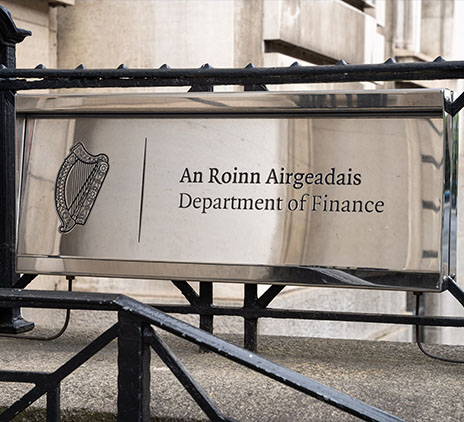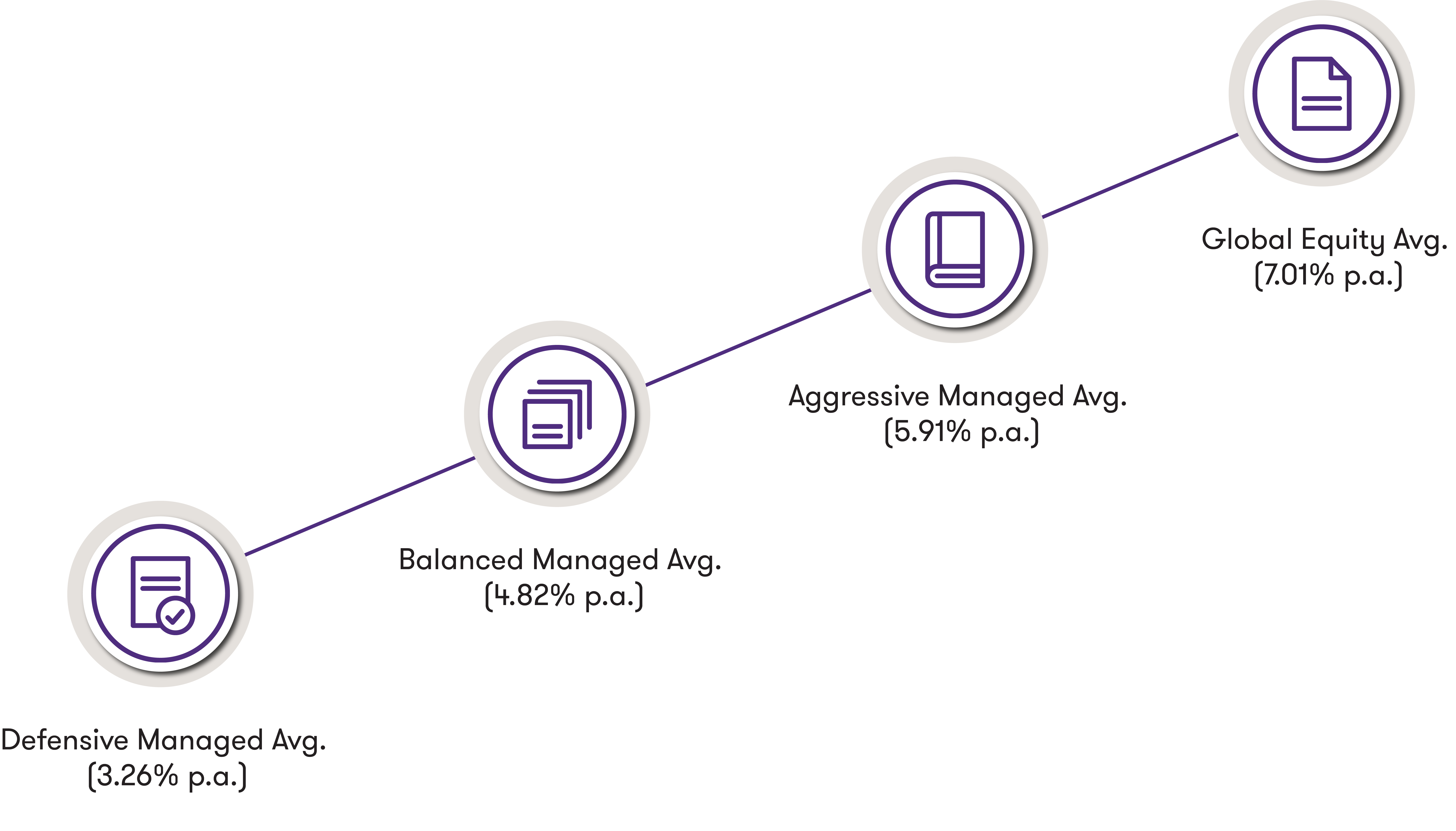-
Aviation Advisory
Our dedicated Aviation Advisory team bring best-in-class expertise across modelling, lease management, financial accounting and transaction execution as well as technical services completed by certified engineers.
-
Consulting
Our Consulting team guarantees quick turnarounds, lower partner-to-staff ratio than most and superior results delivered on a range of services.
-
Business Risk Services
Our Business Risk Services team deliver practical and pragmatic solutions that support clients in growing and protecting the inherent value of their businesses.
-
Deal Advisory
Our experienced Deal Advisory team has provided a range of transaction, valuation, deal advisory and restructuring services to clients for the past two decades.
-
Forensic Accounting
Our Forensic and Investigation Services team have targeted solutions to solve difficult challenges - making the difference between finding the truth or being left in the dark.
-
Financial Accounting and Advisory
Our FAAS team designs and implements creative solutions for organisations expanding into new markets or undertaking functional financial transformations.
-
Restructuring
Grant Thornton is Ireland’s leading provider of insolvency and corporate recovery solutions.
-
Risk Advisory
Our Risk Advisory team delivers innovative solutions and strategic insights for the Financial Services sector, addressing disruptive forces, regulatory changes, and emerging trends to enhance risk management and foster competitive advantage.
-
Sustainability Advisory
Our Sustainability Advisory team works with clients to accelerate their sustainability journey through innovative and pragmatic solutions.

-
 Asset management Asset management of the futureIn today’s global asset management landscape, there is an almost constant onslaught of change and complexity. To combat such complex change, asset managers need a consolidated approach. Read our publication and find out more about what you can achieve by choosing to work with us.
Asset management Asset management of the futureIn today’s global asset management landscape, there is an almost constant onslaught of change and complexity. To combat such complex change, asset managers need a consolidated approach. Read our publication and find out more about what you can achieve by choosing to work with us. -
 Internal Audit Maintaining Compliance with New EU Pension Directive IORP IIOn 28 April 2021, the Irish Government transposed IORP II (Institution for Occupational Retirement Provision), an EU directive on the activities and supervision of pension schemes, into law.
Internal Audit Maintaining Compliance with New EU Pension Directive IORP IIOn 28 April 2021, the Irish Government transposed IORP II (Institution for Occupational Retirement Provision), an EU directive on the activities and supervision of pension schemes, into law. -
 Risk, Compliance and Professional Standards FRED 82 – Periodic Updates to FRS 100 – 105The concept of a new suite of standards for the UK and Ireland, aligning with international financial reporting standards, was first conceived in 2002
Risk, Compliance and Professional Standards FRED 82 – Periodic Updates to FRS 100 – 105The concept of a new suite of standards for the UK and Ireland, aligning with international financial reporting standards, was first conceived in 2002 -
 Audit and Assurance Auditor transition: how to achieve a smooth changeoverAppointing new auditors may seem like a daunting task that will be disruptive to your business and a drain on the finance function. Nevertheless, there are a multitude of reasons to consider a change, including simply seeking a ‘fresh look’ at the business.
Audit and Assurance Auditor transition: how to achieve a smooth changeoverAppointing new auditors may seem like a daunting task that will be disruptive to your business and a drain on the finance function. Nevertheless, there are a multitude of reasons to consider a change, including simply seeking a ‘fresh look’ at the business.
-
Corporate Tax
Our Corporate Tax team is made up of more than 40 highly experienced senior partners and directors who work directly with a wide range of domestic and international clients; covering Corporation Tax, Company Secretarial, Employer Solutions, Global Mobility and Tax Incentives.
-
Financial Services Tax
The Grant Thornton team is made up of experts who are fully up to date in terms of changing and evolving tax legislation. This is combined with industry expertise and an in-depth knowledge of the evolving financial services regulatory landscape.
-
Indirect Tax Advisory & Compliance
Grant Thornton’s team of indirect tax specialists helps a range of clients across a variety of sectors including pharmaceuticals, financial services, construction and property and food to navigate these complexities.
-
International Tax
We develop close relationships with clients in order to gain a deep understanding of their businesses to ensure they make the right operational decisions. The wrong decision on how a company sells into a new market or establishes a new subsidiary can have major tax implications.
-
Private Client
Grant Thornton’s Private Client Services team can advise you on all areas of financial, pension, investment, succession and inheritance planning. We understand that each individual’s circumstances are different to the next and we tailor our services to suit your specific needs.

It’s that time of year again. As income tax returns are filed, we keep seeing advertisements and notices telling us to top up our pensions and reduce our income tax liabilities. Yes, contributing to a pension is an effective way of reducing tax, but this is only one benefit of making a contribution.
When individuals are too focused on the tax relief obtained from their pension contributions, they lose focus on the other great benefit of pension funding; tax free investment growth. This is understandable. Tax relief is obtained in the short term and is seen as an immediate benefit, with the end goal of building a substantial retirement fund further down the road.
When it comes to investing your contributions, the level of returns on offer are historically correlated with the level of investment risk taken (provided you take a diversified approach to investing). To give an example, take the annualised, industry average investment growth of four different types of investment options over the past 15 years.

The expected level of return increases in line with each fund’s exposure to risk. In this case, the average Defensive Managed Fund would be expected to produce the lowest long term return, with the average Global Equity Fund expected to produce the highest long term return. This is indeed the case, with their respective 15-year average returns to 30 Sept 2021 detailed below.

Source: Longboat Analytics
Returns are gross figures, before management and advice fees have been taken into account.
Past performance does not guarantee future performance, the value of your investment can go down as well as up.
Example
To take this a step further, let’s assume Client A invested €25,000 into their pension 15 years ago, on 1 October 2006, and invested their full contribution in the average Defensive Managed Fund. Let’s also assume Client B invested the same amount on the same day, but was invested in the average Aggressively Managed Fund. Finally, let’s also assume both are paying annual management charges of 1.25% p.a. to cover the cost of the investments and the advice received.
Both clients would have obtained the same amount of tax relief (€10,000 using today’s marginal rate of 40%). However, after 15 years of tax free investment growth, their respective values would be as follows:
Client A - €33,696.22
Client B - €49,505.22
Both clients saw the benefit of €10,000 tax relief, but Client B is now almost 47% better off than Client A. Of course, Client A may not have been willing to take more risk than they did, and that is perfectly fine. It is important to fully understand the risk involved in any investment.
The reason this is so important to highlight is that too many people see their October/November pension contribution as a tax saving exercise, and not an investment decision. For the likes of self-employed individuals who contribute to a personal pension plan every year, this is extremely important. If you don’t identify an appropriate investment strategy early, you are potentially losing out on significant gains in your overall retirement funding long term.
How do you know what is right for you?
When it comes to pension funding, you are essentially planning for your future retirement. However, there is a lot more to consider than just your pension by the time that day comes around.
Over the course of your working life, you will have various assets, liabilities, incomes and expenditures. Trying to figure out how they fit into the bigger picture is difficult, and without proper analysis you may make poor financial decisions.
The best way to manage this is to create a personal financial plan, and the sooner this is done the better. It allows you to see your future financial needs, quantify them, and plan for them. Without it, planning for retirement is just a guessing game.
If you plan on making a pension contribution before the income tax filing deadline, now may be the time to look at the bigger picture and ask yourself what you need your money to do for you.











